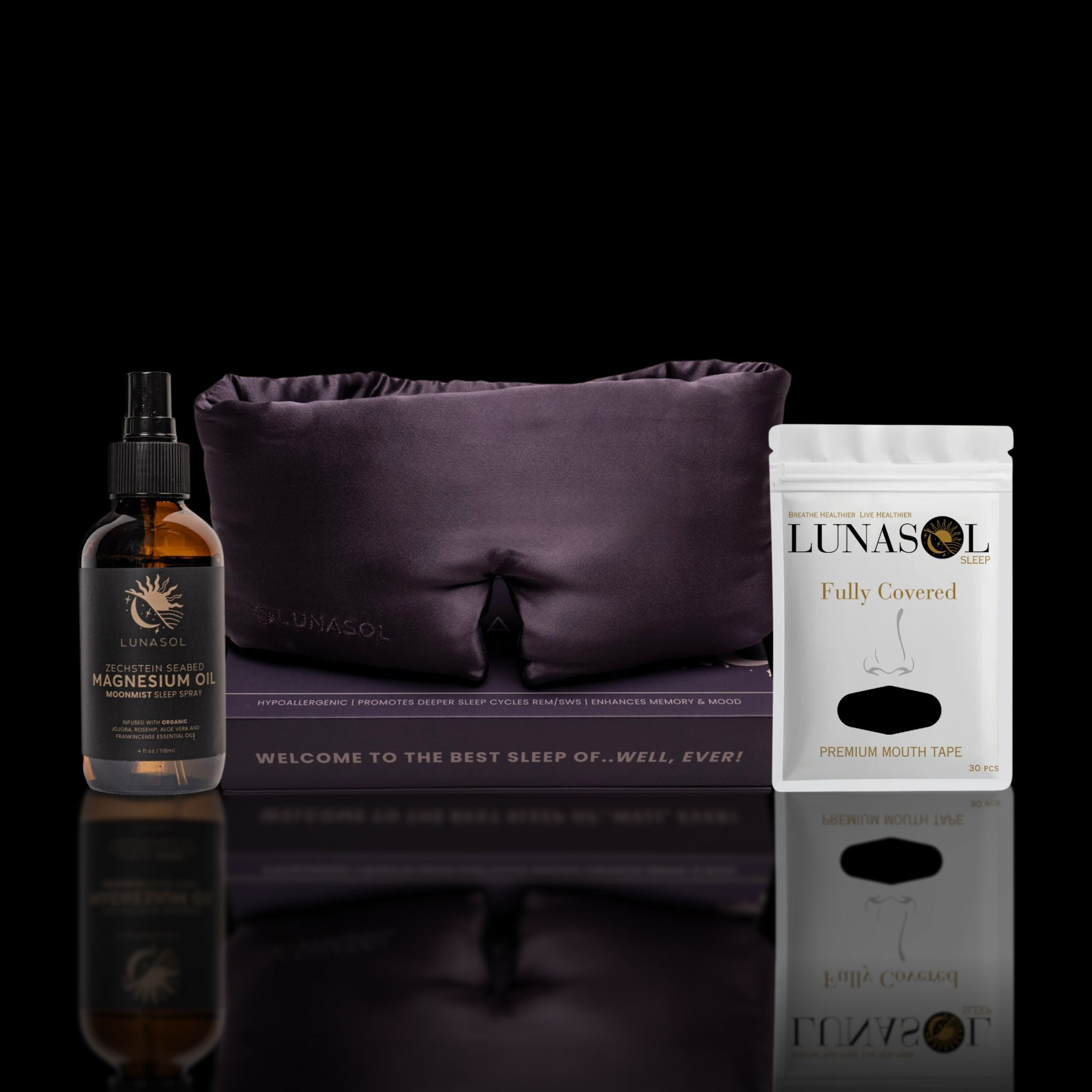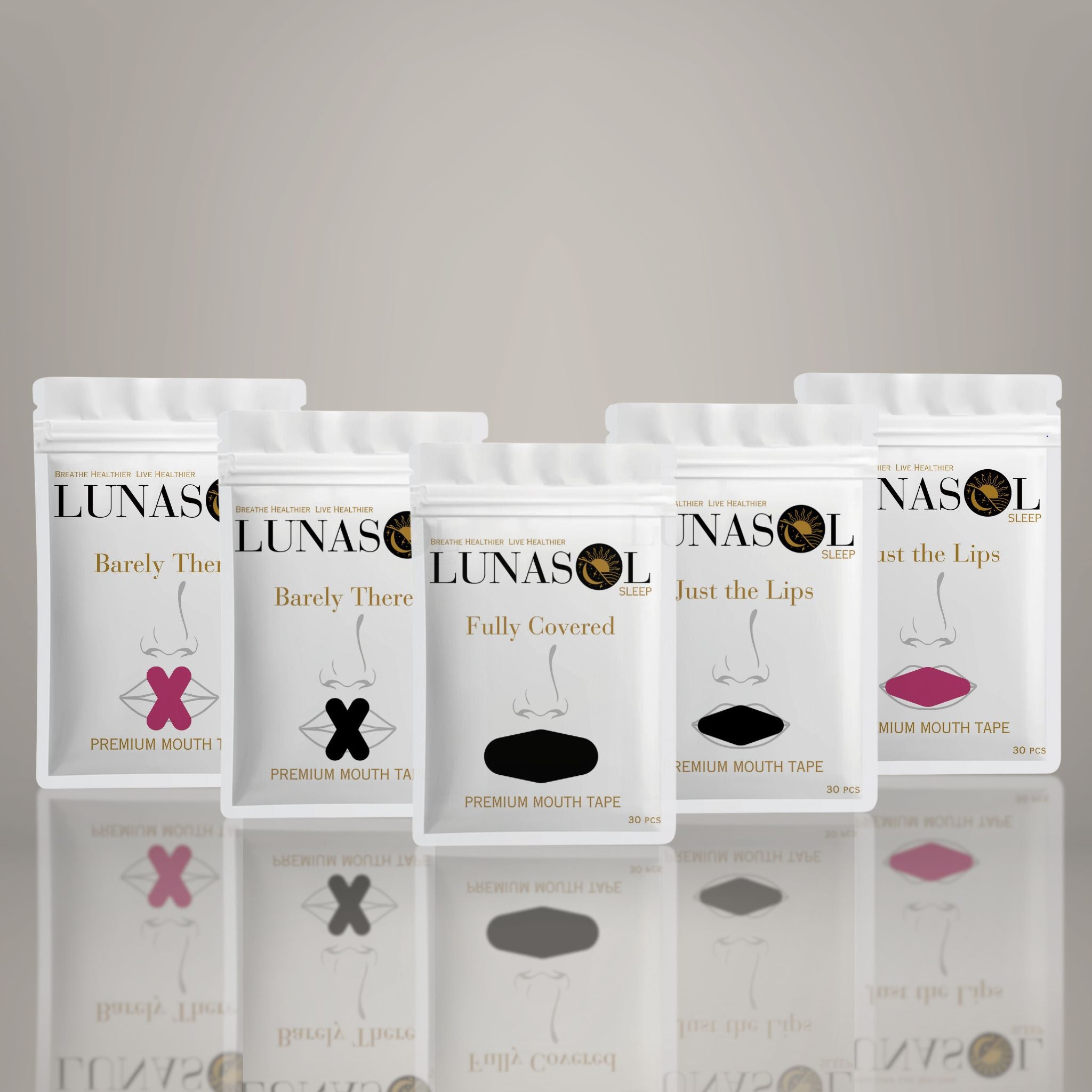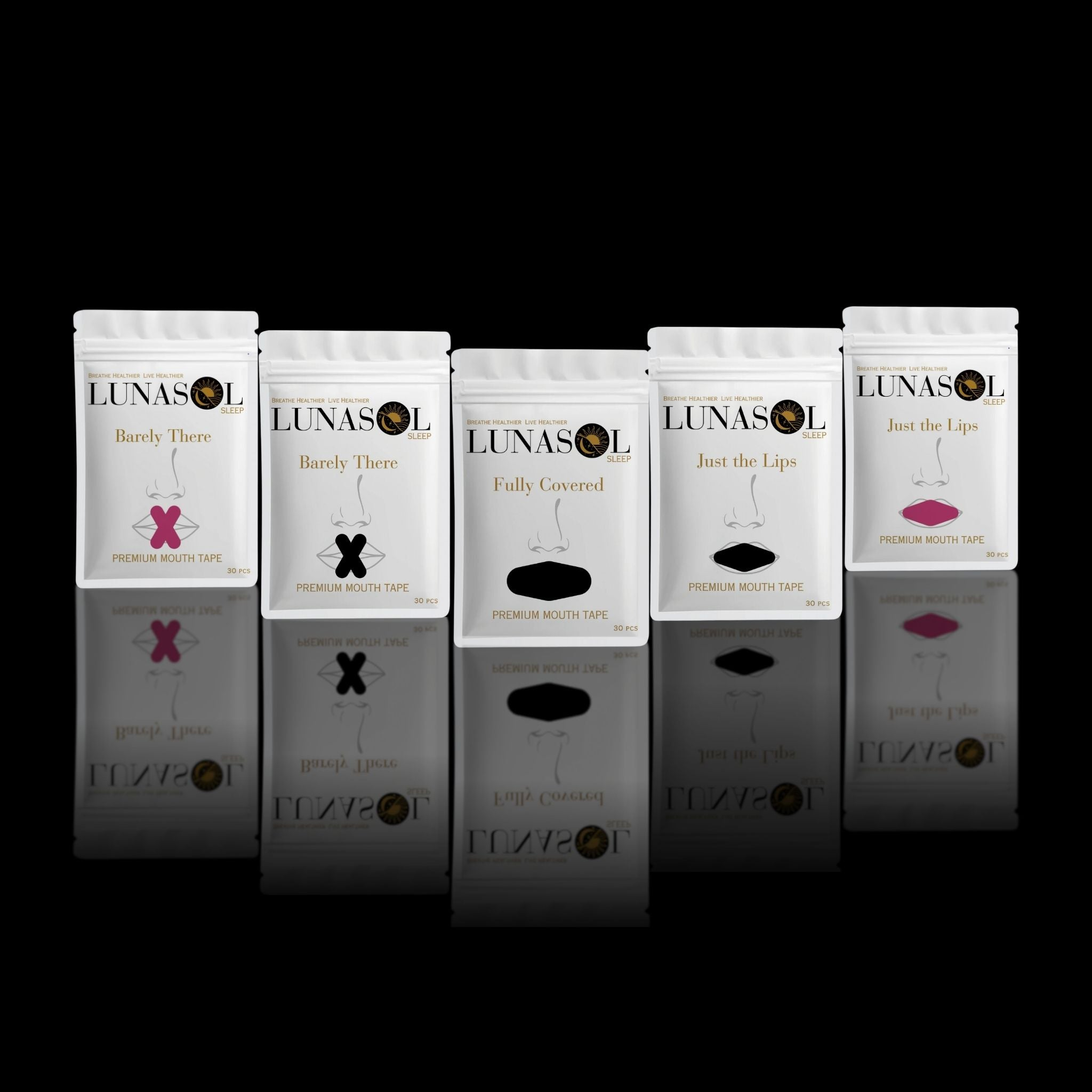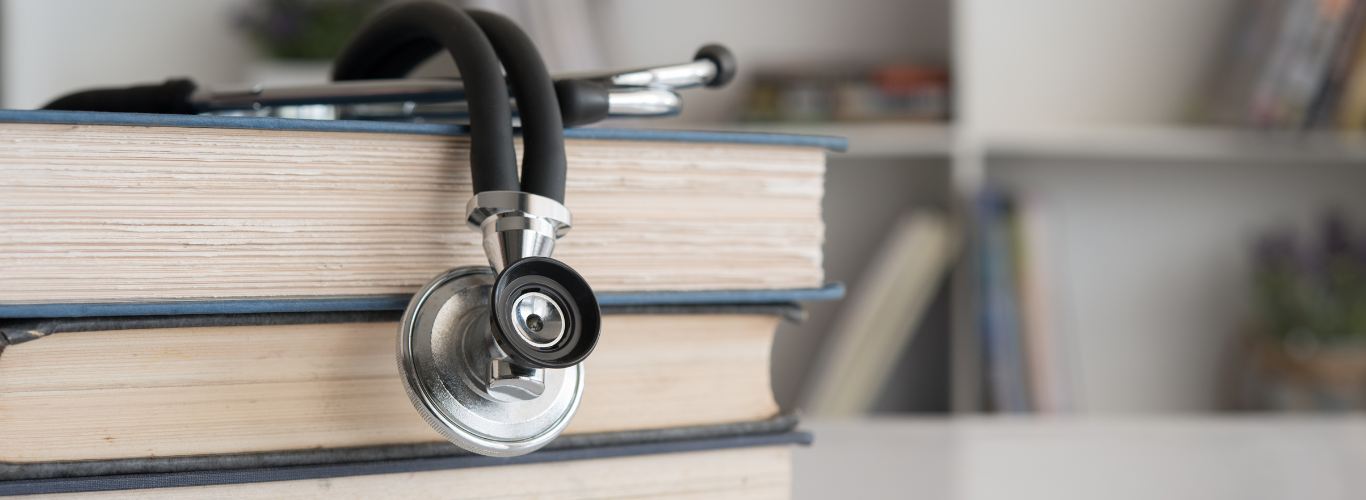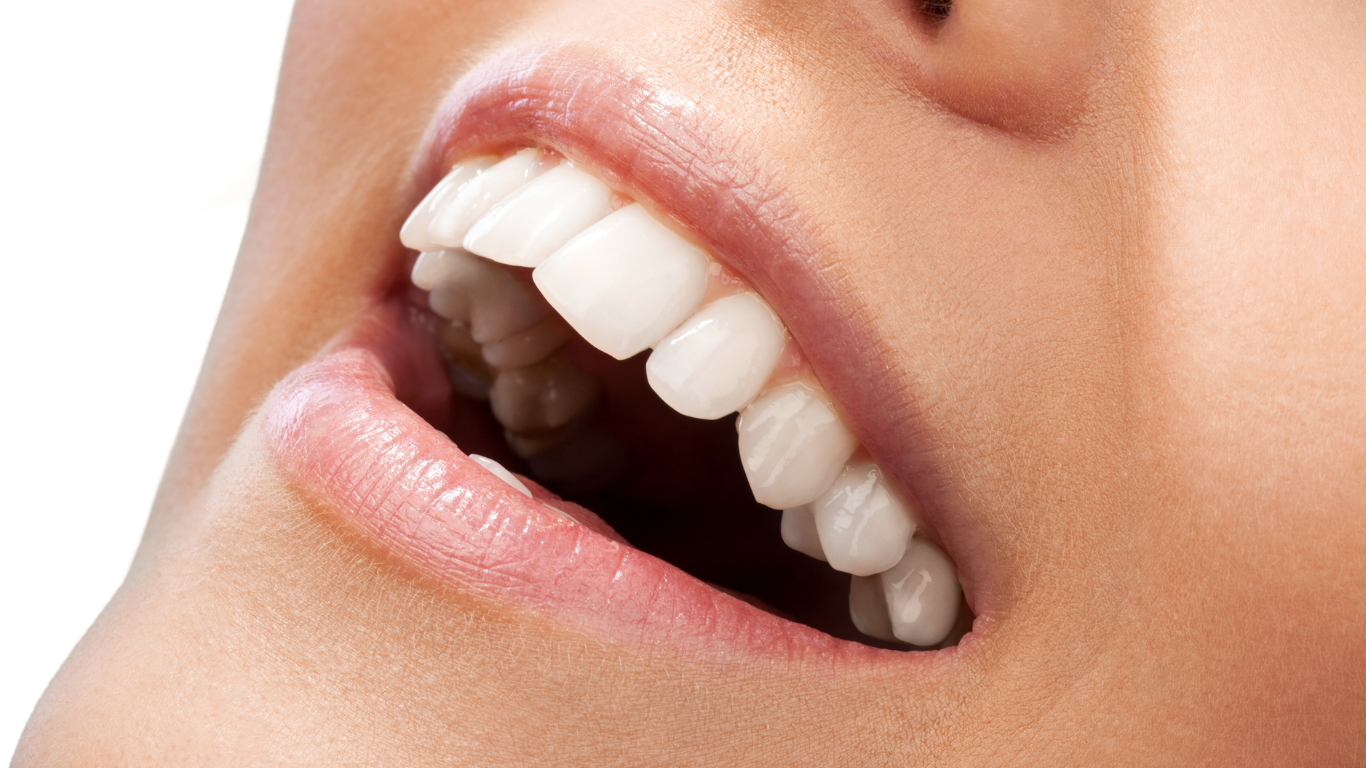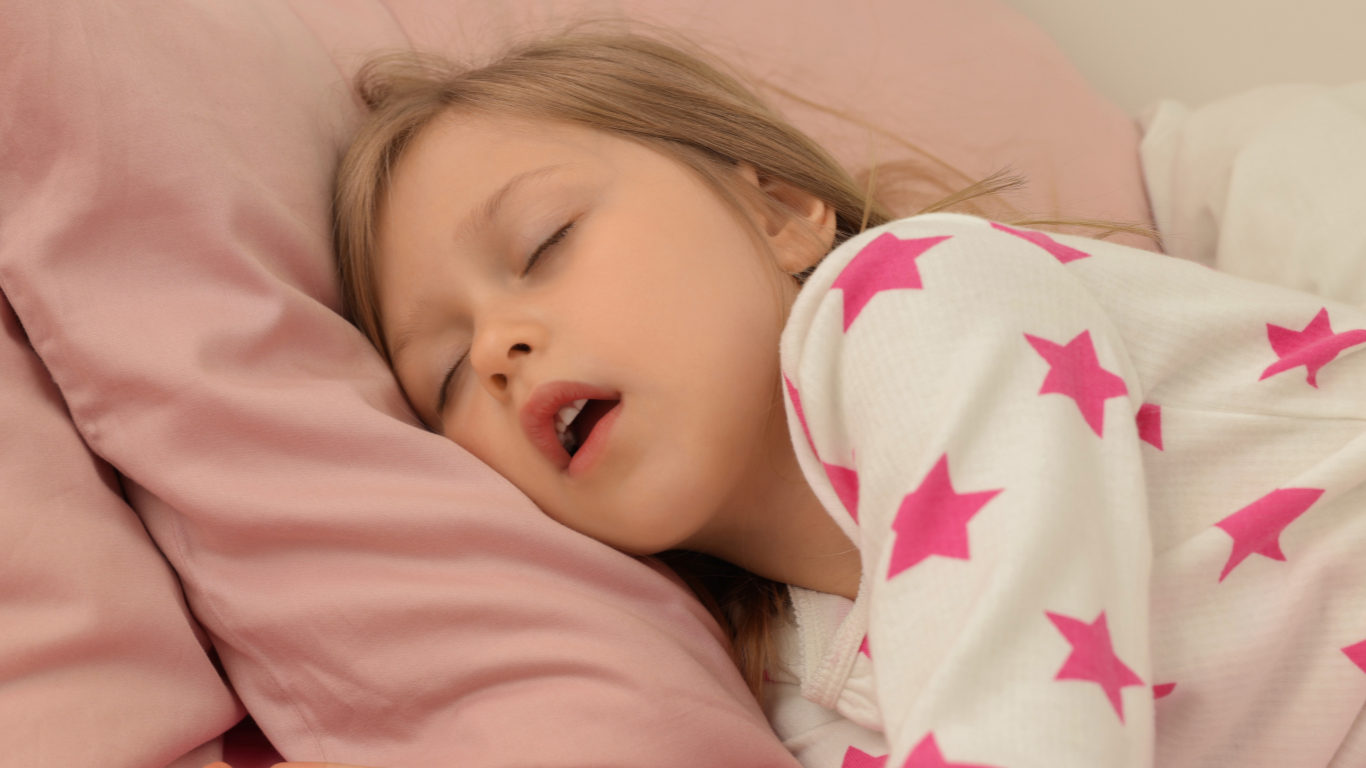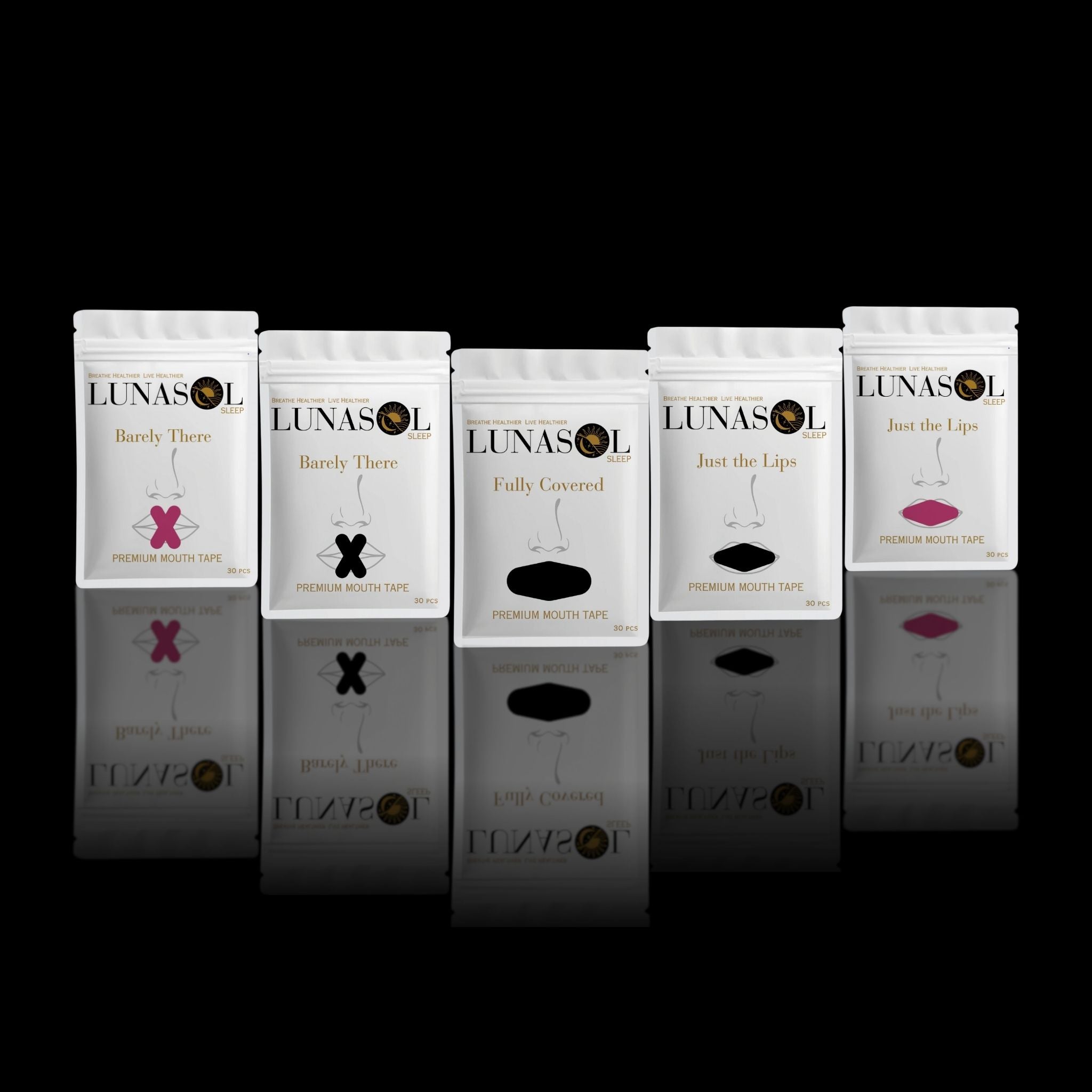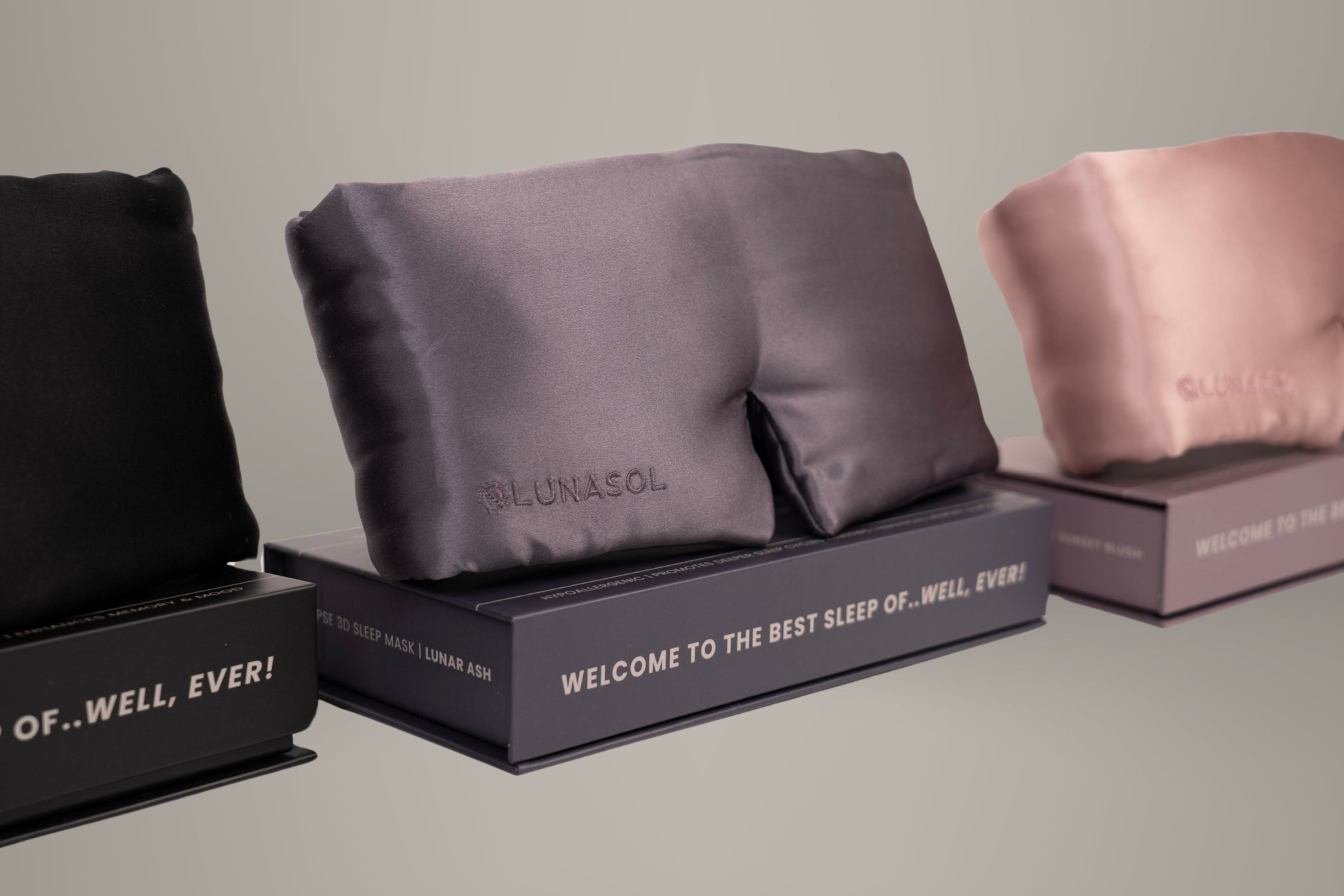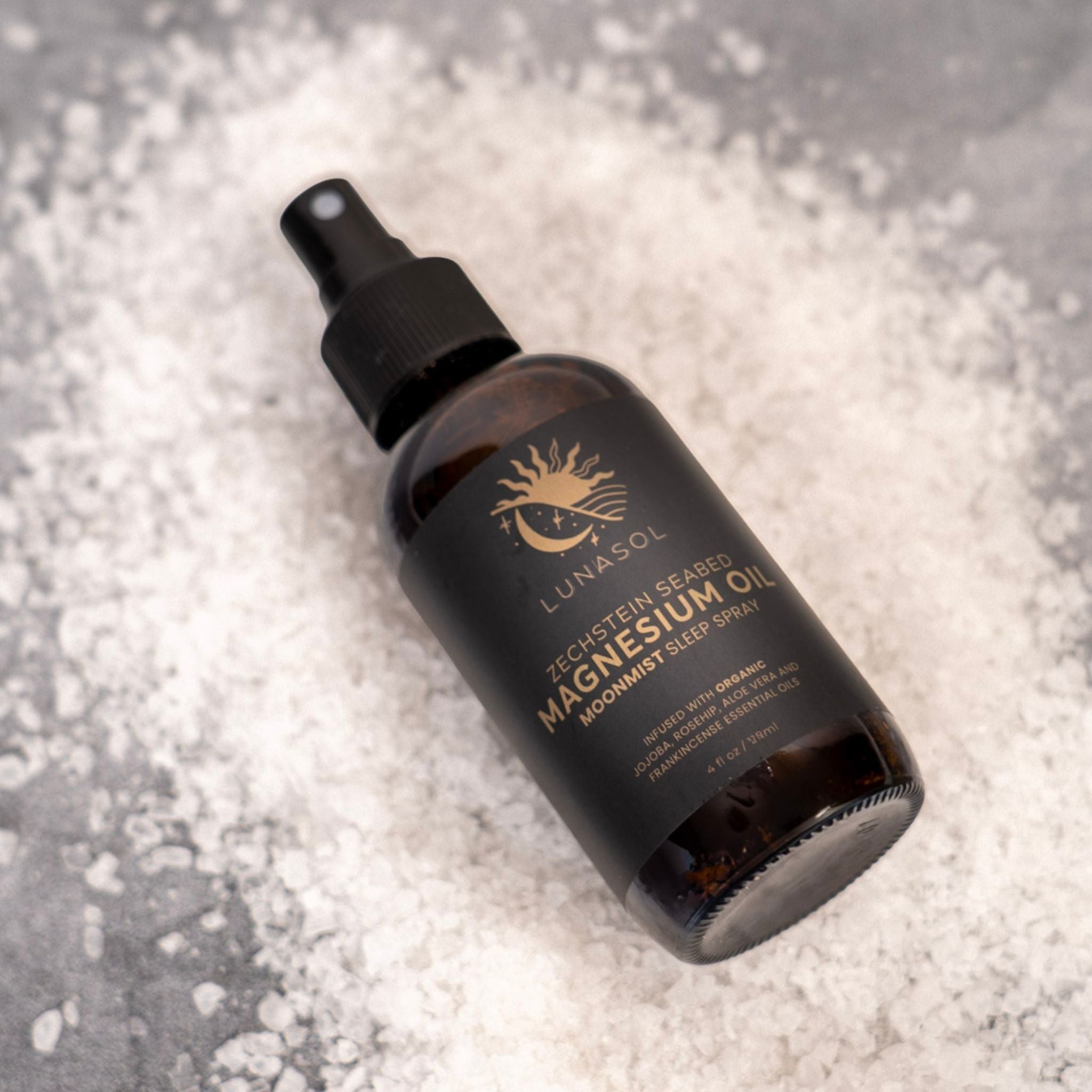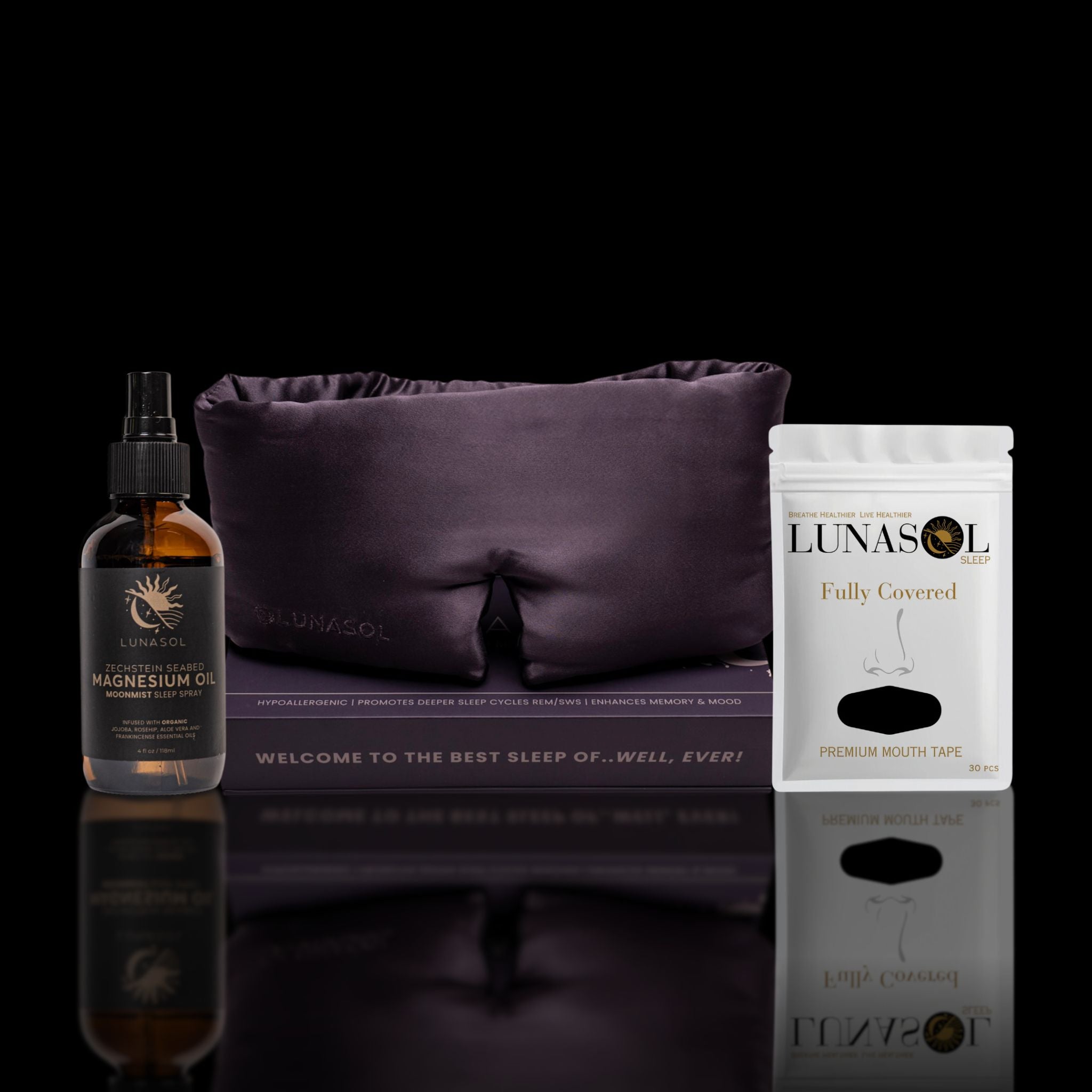In our pursuit of optimal health, we often overlook the importance of how we breathe. While nasal breathing is the natural and preferred method, many individuals unconsciously resort to mouth breathing, especially during sleep. This seemingly harmless habit can have significant repercussions on our overall health, particularly in dental hygiene. Today, we will explore the impact of mouth breathing on dental health, revealing hidden dangers and offering practical solutions to promote healthier breathing and better oral hygiene.
Understanding Mouth Breathing
Mouth breathing, as the name suggests, involves breathing through the mouth instead of the nose. This can occur for various reasons, such as nasal congestion, allergies, structural anomalies in the nasal passages, or simply out of habit. While mouth breathing may seem like a minor inconvenience, its effects on dental hygiene and overall health are extensive and often underestimated.
The Impact of Mouth Breathing on Dental Health
Dry Mouth and Reduced Saliva Production
Saliva plays a crucial role in maintaining oral health. It helps wash away food particles, neutralize acids produced by bacteria, and provide essential minerals to the teeth. Mouth breathing leads to dry mouth, reducing saliva production and creating an environment conducive to bacterial growth. This can result in an increased risk of cavities, gum disease, and bad breath.
Increased Risk of Cavities
Without adequate saliva, the mouth’s natural defense mechanism against harmful bacteria is compromised. The prolonged dryness associated with mouth breathing allows bacteria to thrive, leading to a higher likelihood of cavities. Cavities can develop more quickly and spread more aggressively in a dry oral environment.
Gum Disease and Inflammation
Gum disease, or periodontitis, is a common consequence of mouth breathing. The lack of saliva, combined with increased bacterial activity, can cause inflammation in the gums, leading to gingivitis and, if left untreated, more severe periodontitis. Chronic gum inflammation can result in gum recession, tooth loss, and even systemic health issues such as heart disease.
Bad Breath (Halitosis)
The dry mouth caused by mouth breathing can lead to persistent bad breath. The decreased saliva production allows odor-causing bacteria to multiply unchecked. This can be particularly problematic in social situations and affect an individual’s self-esteem and confidence.
Alteration of Oral pH Balance
Saliva helps maintain a healthy pH balance in the mouth, essential for preventing cavities and gum disease. Mouth breathing disrupts this balance, making the oral environment more acidic. An acidic pH can erode tooth enamel, leading to increased sensitivity and a higher risk of cavities.
Misaligned Teeth and Facial Development
Mouth breathing, especially in children, can have a profound impact on dental and facial development. It can lead to malocclusions, where the teeth are misaligned, and can affect the growth and development of the jaw and facial structure. Children who breathe through their mouths are more likely to develop long, narrow faces with high palates and crowded teeth.
The Connection Between Mouth Breathing and Overall Health
While this article focuses on dental hygiene, it’s important to recognize the broader implications of mouth breathing on health. Chronic mouth breathing can lead to issues such as:
- Sleep Disorders: Mouth breathing is often associated with sleep apnea and snoring, which can impair sleep quality and lead to daytime fatigue and other health problems.
- Reduced Oxygen Intake: Nasal breathing is more efficient at oxygenating the blood, while mouth breathing can lead to reduced oxygen levels, affecting overall health and vitality.
- Weakened Immune System: The nasal passages act as a filter, capturing harmful particles and pathogens. Mouth breathing bypasses this natural defense mechanism, potentially increasing the risk of respiratory infections.
Improving Dental Hygiene Through Nasal Breathing
The good news is that the adverse effects of mouth breathing on dental health can be mitigated by encouraging nasal breathing. Here are six benefits of improved nasal breathing for dental hygiene:
-
Increased Saliva Production: Nasal breathing helps maintain adequate saliva production, ensuring the mouth stays moist and reducing the risk of cavities and gum disease.
-
Better Oral pH Balance: By promoting a neutral pH environment, nasal breathing helps protect tooth enamel and prevent erosion.
-
Enhanced Bacterial Control: A well-hydrated mouth with sufficient saliva can effectively control bacterial growth, reducing the risk of bad breath and infections.
-
Healthier Gums: Proper hydration and reduced bacterial activity contribute to healthier gums and a lower risk of gum disease.
-
Optimal Teeth Alignment: Encouraging nasal breathing in children can support proper dental and facial development, reducing the likelihood of malocclusions.
-
Improved Sleep Quality: Nasal breathing promotes restful sleep, reducing the risk of sleep disorders that can indirectly affect oral health.
How Lunasol Sleep Mouth Tape Can Help
An effective way to transition from mouth breathing to nasal breathing, especially during sleep, is by using Lunasol Sleep Mouth Tape. This simple yet effective tool gently encourages the mouth to stay closed, promoting nasal breathing and reaping its numerous benefits. Here’s how Lunasol Sleep Mouth Tape can improve your dental hygiene:
- Support for Saliva Production: By ensuring the mouth stays closed, Lunasol Sleep Mouth Tape helps maintain adequate saliva levels, protecting teeth and gums from dryness.
- Reduction of Bad Breath: With better control over bacterial growth, Lunasol Sleep Mouth Tape users often experience fresher breath in the morning.
- Prevention of Cavities: Promoting a balanced oral environment, the tape helps prevent cavities and other dental issues.
- Improvement of Gum Health: Healthier gums are a natural result of reduced bacterial activity and better hydration.
- Facilitation of Better Sleep: By encouraging nasal breathing, the tape can lead to more restful sleep and better overall health.
Practical Tips for Nasal Breathing
In addition to using Lunasol Sleep Mouth Tape, here are some practical tips to encourage nasal breathing and improve dental hygiene:
- Nasal Hygiene: Regularly clean and clear your nasal passages to ensure unobstructed breathing. Saline sprays and nasal irrigation can be helpful.
- Stay Hydrated: Drink plenty of water throughout the day to support saliva production and maintain oral health.
- Treat Allergies: Effectively manage allergies to prevent nasal congestion and promote easier nasal breathing.
- Practice Breathing Exercises: Techniques such as the Buteyko method can help train your body to breathe through the nose.
- Maintain Good Oral Hygiene: Brush and floss regularly, and use mouthwashes to keep your mouth clean and healthy.
Addressing Common Concerns About Mouth Taping
For those new to the concept of mouth taping, it’s natural to have some concerns. Here are answers to some common questions:
-
Is mouth taping safe? When used correctly, Lunasol Sleep Mouth Tape is safe for most people. It’s designed to be gentle on the skin and easy to remove. However, it’s always a good idea to consult a healthcare professional if you have concerns, especially if you have underlying health conditions.
-
Can I breathe through my nose if I have a cold or allergies? Nasal congestion due to colds or allergies can make nasal breathing difficult. In such cases, it’s important to treat the underlying cause with appropriate treatments, such as decongestants or antihistamines, before using the tape.
-
Will using the tape affect my sleep? Many users find that mouth taping improves sleep quality by reducing snoring and promoting deeper, more restful sleep. However, it may take a few nights to get used to the sensation.
-
How do I apply the tape correctly? Clean and dry your lips before applying the tape. Place the tape horizontally over your lips, ensuring it is secure but not too tight. In the morning, gently remove the tape.
Real-Life Success Stories
Hearing from others who have successfully transitioned to nasal breathing can be encouraging. Here are some testimonials from Lunasol Sleep Mouth Tape users:
- Sarah M. from Austin, TX: “I used to wake up with a dry mouth and bad breath every morning. Since I started using Lunasol Sleep Mouth Tape, my mouth feels fresh, and my dentist has noticed a significant improvement in my oral health.”
- John L. from Seattle, WA: “As someone with mild sleep apnea, mouth taping has been a game-changer. Not only do I sleep better, but my gums are healthier, and I no longer worry about morning breath.”
- Emily R. from Miami, FL: “My 8-year-old son had a habit of mouth breathing, and it was affecting his teeth. After using Lunasol Sleep Mouth Tape for a few months, we saw a noticeable improvement in his dental health and overall well-being.”
Conclusion: Embrace Healthier Breathing for Better Dental Hygiene
Mouth breathing is more than just an inconvenient habit; it has profound implications for dental hygiene and overall health. By understanding the effects of mouth breathing and actively promoting nasal breathing, we can protect our teeth, gums, and overall well-being. Lunasol Sleep Mouth Tape offers a practical and effective solution to encourage nasal breathing, supporting better dental hygiene and a healthier life.
Remember, the key to optimal health often lies in the small daily habits we cultivate. By making a conscious effort to breathe through the nose, we can unlock a wealth of benefits that extend far beyond oral health.
“Breathe Healthier - Live Healthier.”
References:
- ADA. (2020). Saliva - The Magic of Moisture. American Dental Association.
- John Mew. (2016). Influence of Nasal Breathing on Facial Growth and Occlusion. Journal of Orthodontics.
- Mayo Clinic. (2023). Mouth Breathing: Symptoms, Causes, and Treatments.
- National Sleep Foundation. (2021). The Benefits of Nasal Breathing for Sleep.
By embracing healthier breathing habits, we can significantly improve our dental hygiene and overall health. So, let’s start today and make nasal breathing a natural part of our daily routine.


